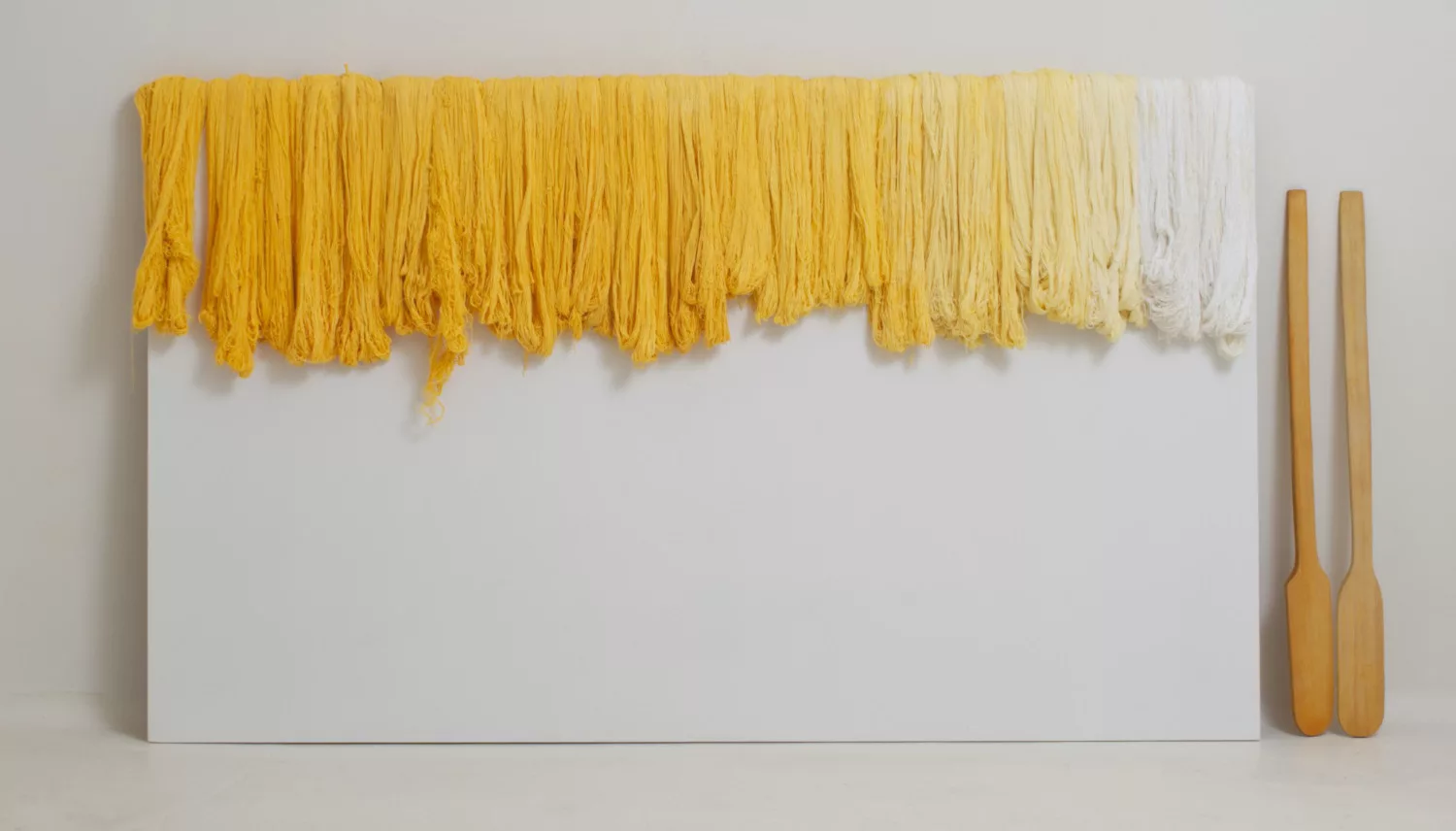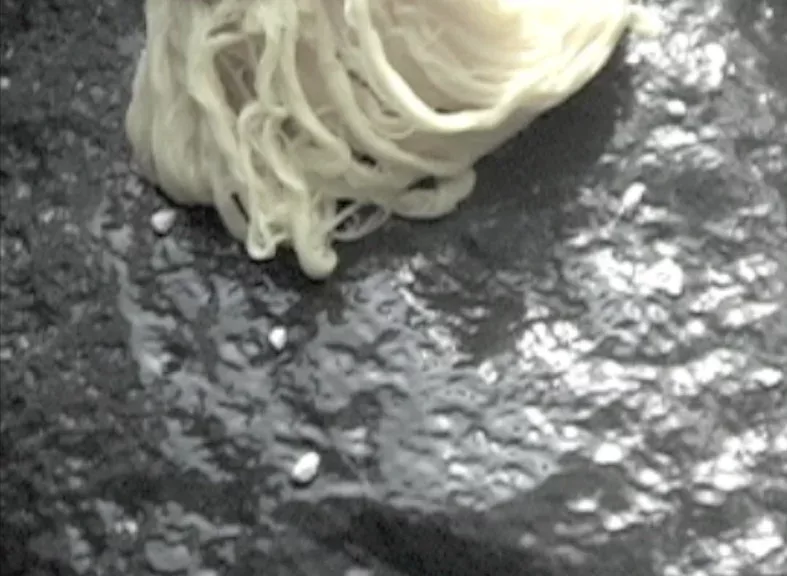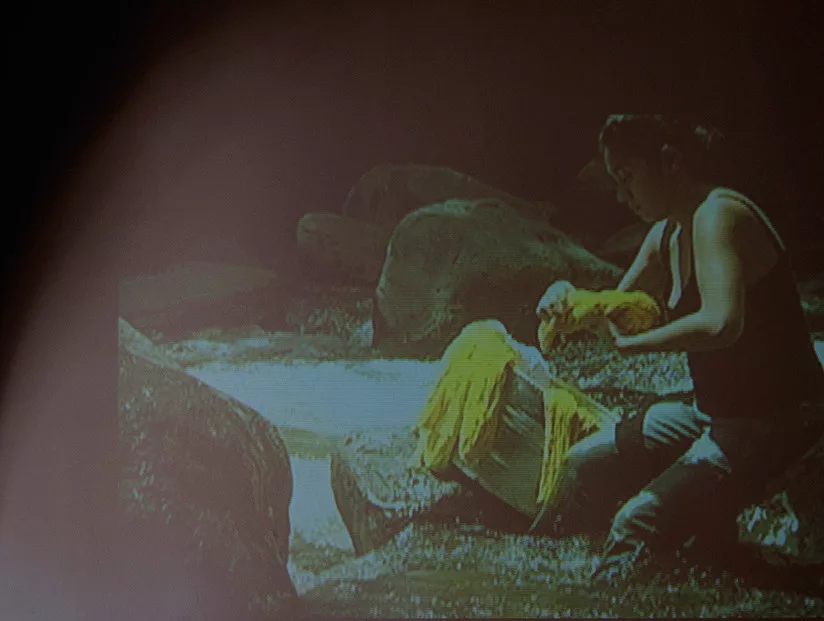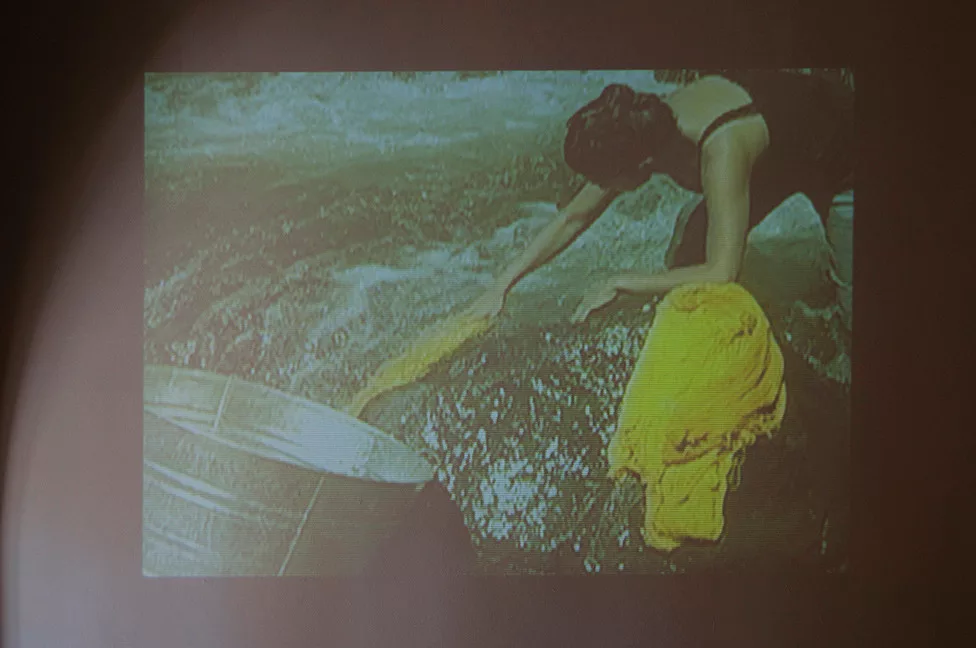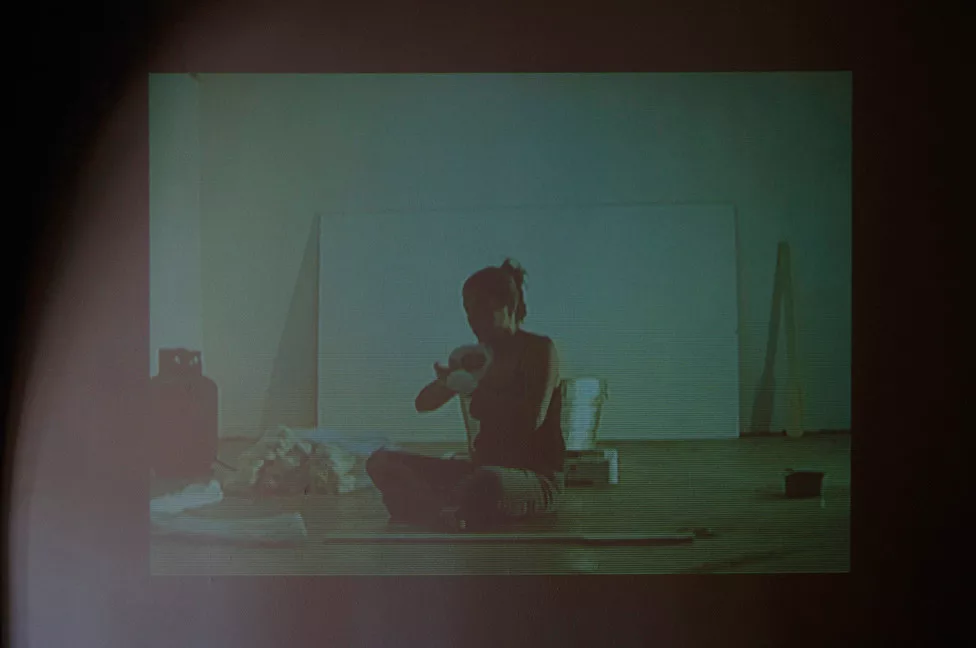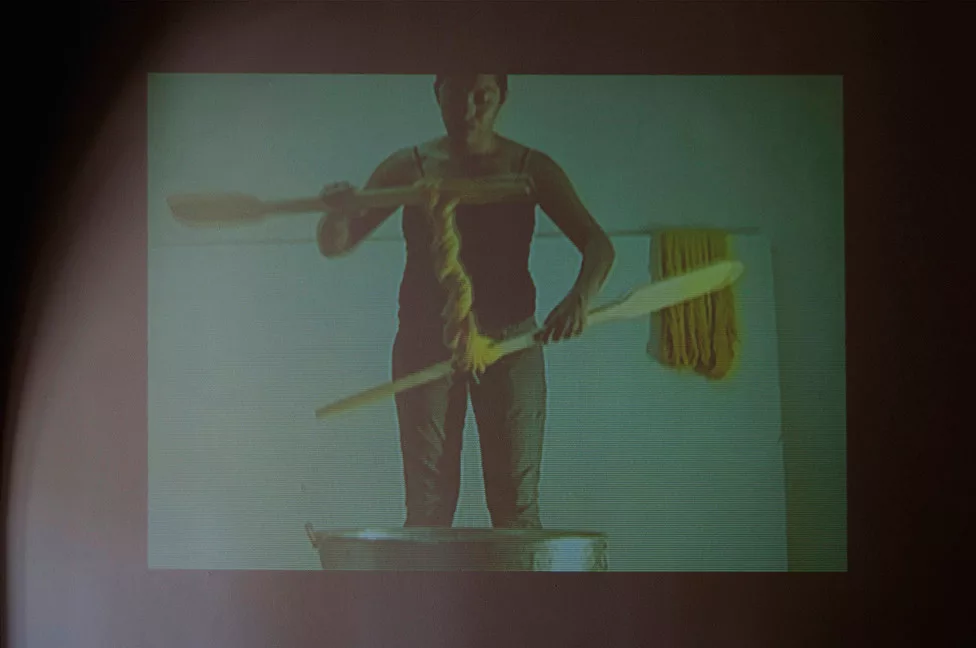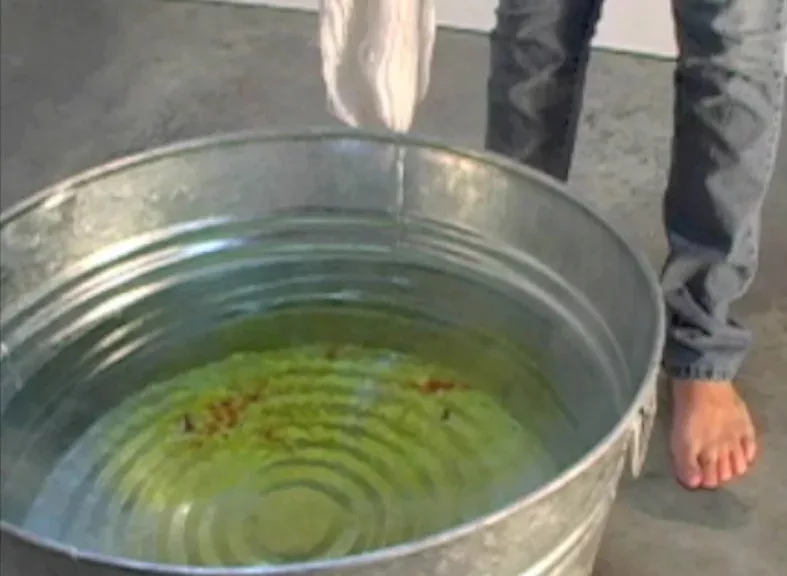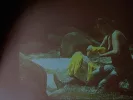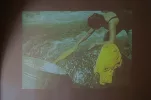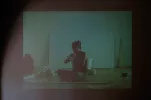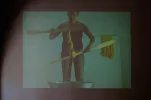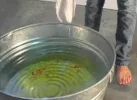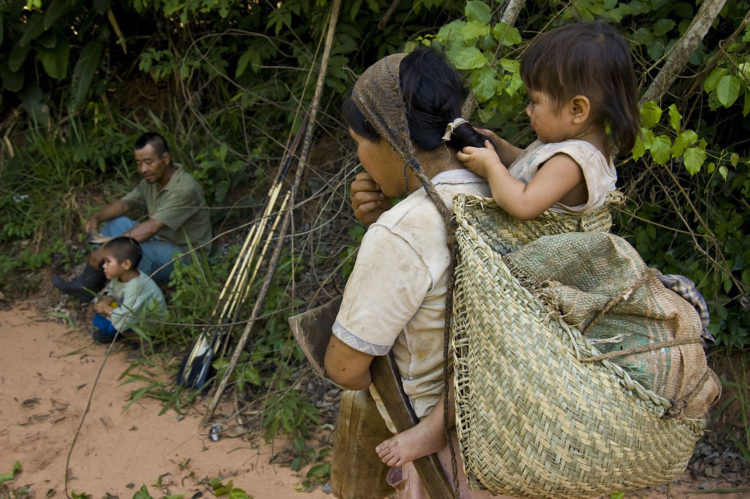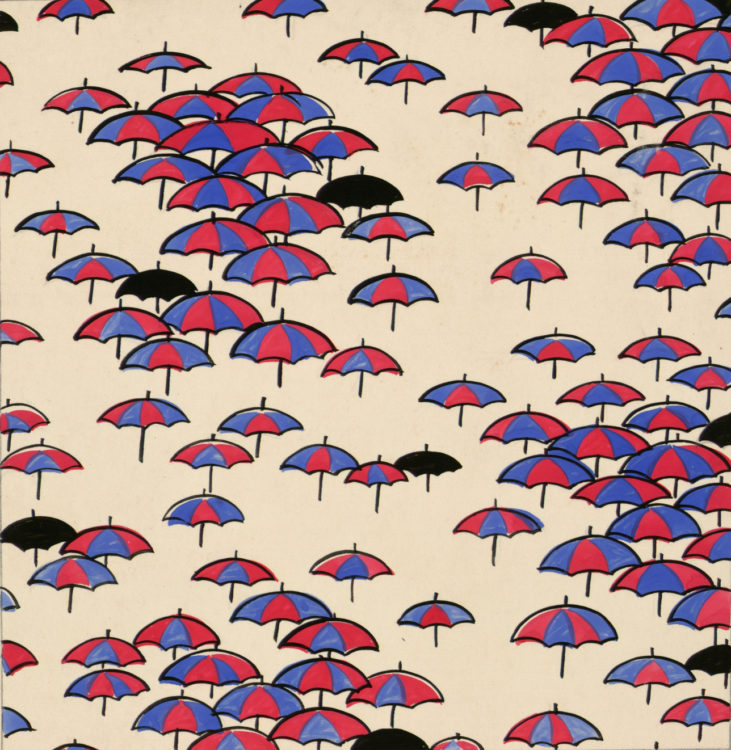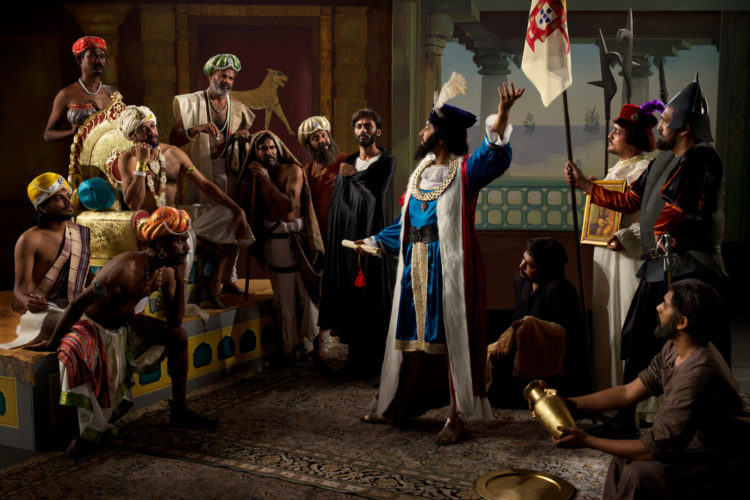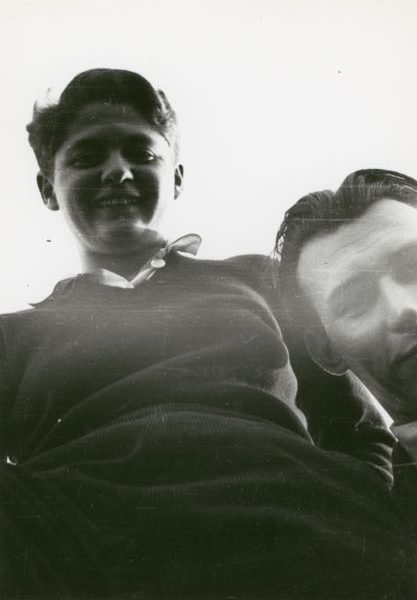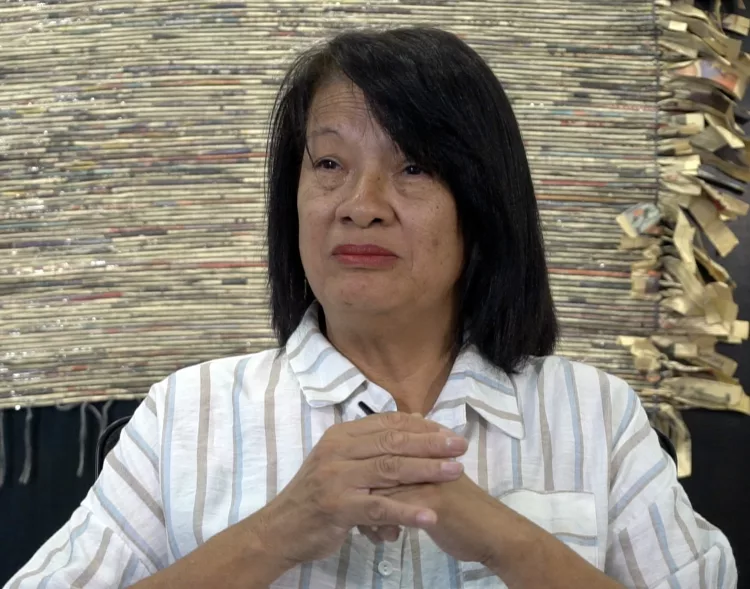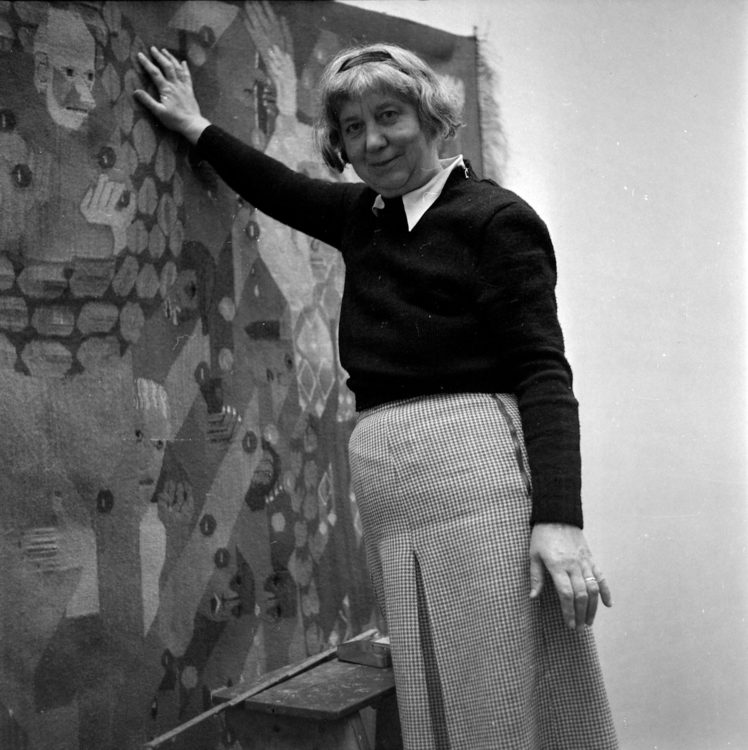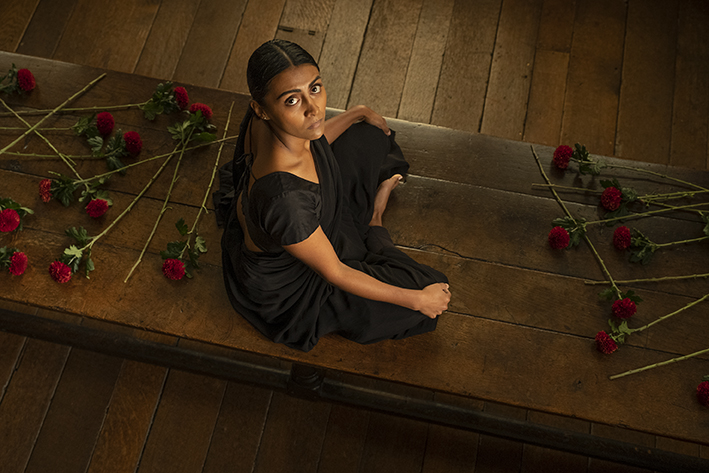Sandra Monterroso
Dávila, Eduardo Sebastián, “Beneath the Second Skin. Mayan textiles and bodies in the art of Manuel Tzoc and Sandra Monterroso,” Special issue Bodies/Fashions in the Américas 2, MIRADAS – Journal for the Arts and Culture of the Américas and the Iberian Peninsula, n° 6, 2022, p. 104–125
→
Barbosa, M. Emilia, “Auto-ethnographic Performance and Self-Empowerment in Sandra Monterroso’s Lix cua rahro/Tus tortillas, mi amor (2004),” Otherness: Essays and Studies, vol. 8, n° 3, December 2021, pp. 77-10
→Garzón, Sara, “Sandra Monterroso: Cultural Subversions. A Reflection on Indigenous Contemporary Art in Guatemala,” Hemispheres: Visual Cultures of the Americas, vol. 8, 2015, pp. 6-25
Sandra Monterroso: The Healing Paradox, Sicardi | Ayers | Bacino, Houston, 26 January–16 March, 2023
→Altar para Pájaros, Instituto de Visión, New York, 24 March–14 May 2022
→Dyed in the Wool, Cecelia Burnson Projects, London, 19 juin – 30 août 2020
Guatemalan multimedia artist.
Sandra Monterroso explores her Maya Q’eqchi’ heritage in a multidimensional artistic practice that engages with the enduring impacts of colonialism on Guatemalan social and political culture. Her awareness of her indigenous roots deepened during her teenage years, catalysed by her maternal grandmother’s death. S. Monterroso employs various media to navigate what she terms an ‘uncertain image’ positioned within indigenous and colonial histories.
Her formal education spans Rafael Landívar University (BA, Guatemala, 2001), Universidad Popular Autónoma del Estado de Puebla (MA, Mexico, 2007) and Akademie der bildenden Künste Wien (PhD, Austria, 2020). Residencies in Sweden and Mexico enriched her global perspective, but her true exploration of indigenous knowledge began as a response to the attempted erasure of language and traditions during the Guatemalan civil war (1960–1996) and subsequent genocide of the Maya people.
S. Monterroso’s work serves as a voyage through time, seeking a deeper understanding of her spiritual guides, the Aj’guijs, and often plays with language as a form of resistance. In Lix Cua Rahro/Tus tortillas mi amor [Your Tortillas, My Love, 2003–2004], she speaks in Q’eqchi’, but with subtitles in Spanish and English, underscoring the link between language loss and colonial violence. By focusing on the physical and spoken process of making tortillas, a tradition typically passed down matrilineally, she visualises an intangible thread connecting past traditions to the present through embodied forms of knowledge. In the installation Rokeb’ iq’/Viento [Wind, 2014], shown at the 2015 Venice Biennale, S. Monterroso presents a photograph of herself wearing an Alta Verapaz huipil (a traditional indigenous garment), with the phrase “Aa’o ink’a’ nokoxik” [We are not leaving] taped across her mouth. The image is overlaid with a sound recording of the artist reading a poem in Q’eqchi’, both signalling the history of silencing Indigenous voices, while simultaneously asserting their resilience.
Textiles are a major facet of S. Monterroso’s performative and sculptural practice, which highlights the complex aesthetics of indigenous techniques, such as dying and weaving practices, and engages with the ways they have been affected by colonial histories. Works like El agua se volvió oro, el río se volvió oro, el oro se volvió azul [The Water became Gold, The River became Gold, The Gold became Blue, 2019] acknowledge the exploitation of natural resources due to European demand – in this case for indigo – as another colonial wound.
S. Monterroso has garnered international recognition and praise, resulting in her representing Guatemala in over twelve biennials and numerous solo exhibitions, including Dyed in the Wool at Cecilia Brunson Projects, London (2020) and Threads of Memory at Sicardi | Ayers | Bacino, Houston (2020). Her work is held in major permanent collections around the world, including The University of Essex Collection of Art from Latin America (ESCALA) in the United Kingdom, Museo Nacional Centro de Arte Reina Sofía (MNCARS) in Spain, The Museum of Contemporary Art and Design (MADC) in Costa Rica and the Ortíz-Gurdián Foundation in Nicaragua. Based in Guatemala City, she continues to contribute to critical conversations regarding colonial violence and resistance through art.
A notice produced as part of the TEAM international academic network: Teaching, E-learning, Agency and Mentoring
© Archives of Women Artists, Research and Exhibitions, 2025


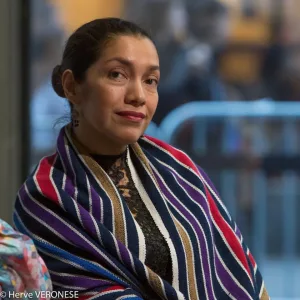
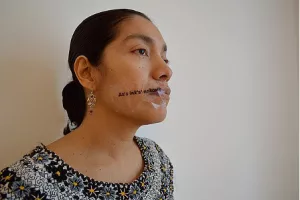 Sandra Monterroso, Rokeb' iq'/Viento [Wind], 2014, video, 3 min 24 sec © Courtesy Sandra Monterroso
Sandra Monterroso, Rokeb' iq'/Viento [Wind], 2014, video, 3 min 24 sec © Courtesy Sandra Monterroso 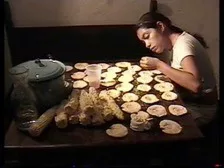 Sandra Monterroso, Lix Cua Rahro/Tus Tortillas mi Amor [Your tortillas, my love], 2003–2004, video, 12 min 30 sec © Courtesy Sandra Monterroso
Sandra Monterroso, Lix Cua Rahro/Tus Tortillas mi Amor [Your tortillas, my love], 2003–2004, video, 12 min 30 sec © Courtesy Sandra Monterroso 